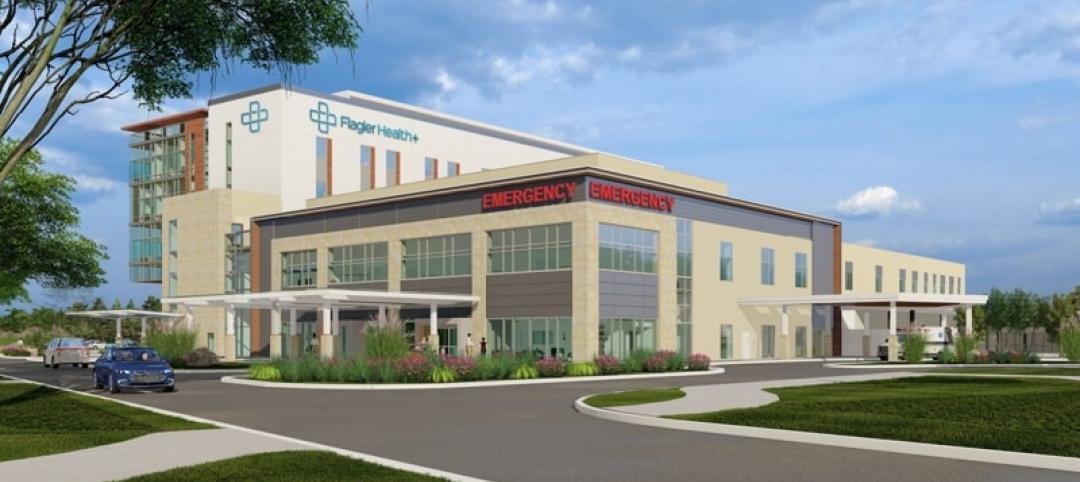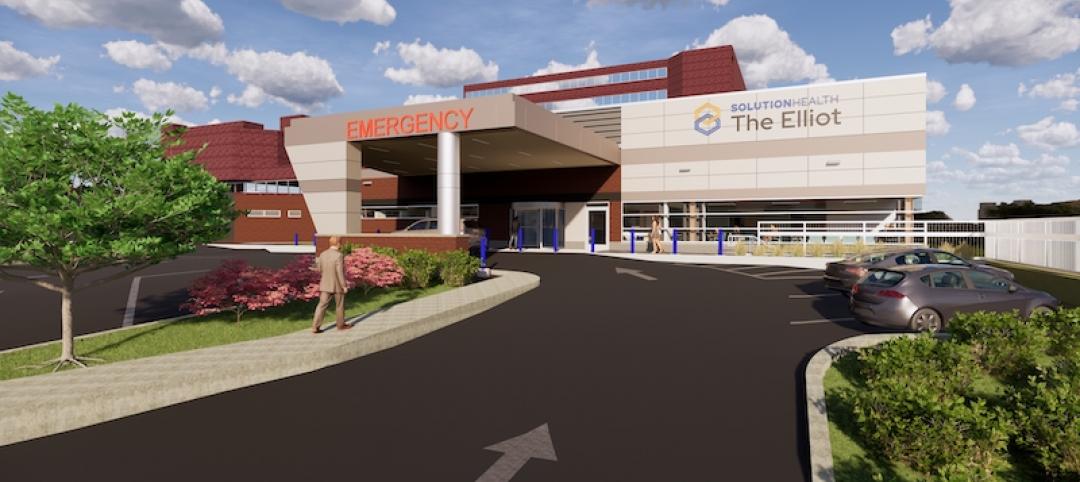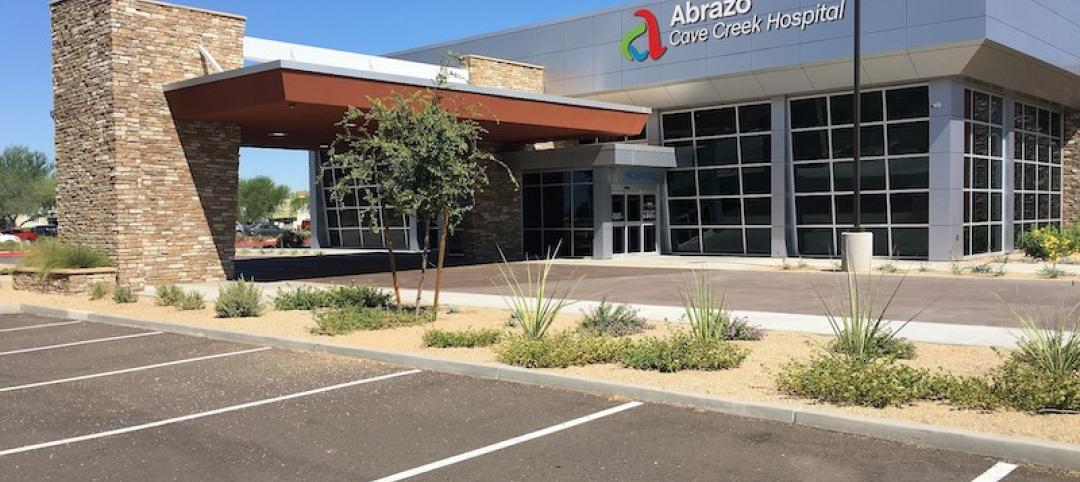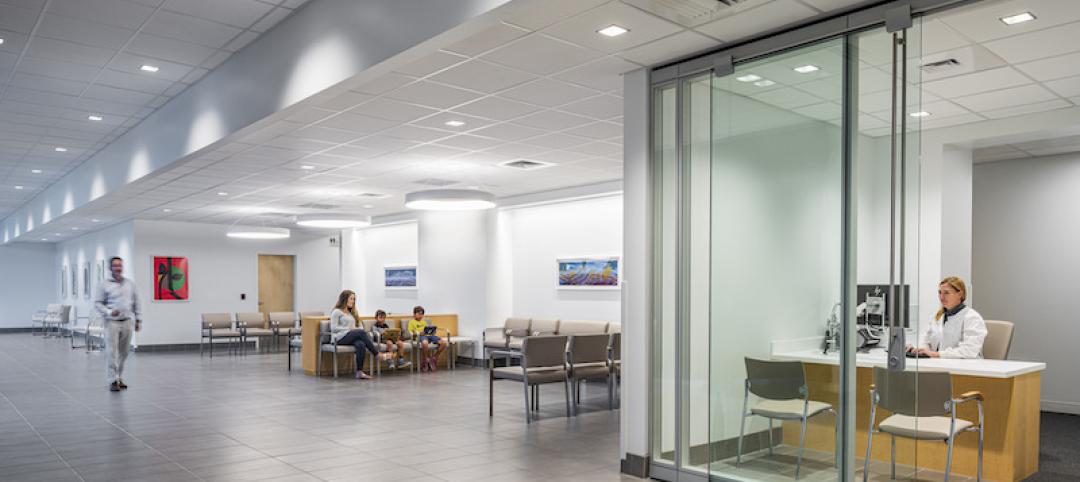The nearly 7,100 urgent care centers operating in the U.S. see nearly 160 million patients a year, according to the latest estimate by the Urgent Care Association of America (UCAOA). To say the competition for these patients is fierce would be an understatement: Urgent care is about as close to retail as healthcare gets.
According to the UCAOA’s 2015 “Benchmarking Survey,” urgi-centers are open an average 4,100 hours a year (equivalent to about 12 hours a day); 96% are open seven days a week. One-third (34.1%) are located in shopping centers or strip malls; another third (33.2%) are in freestanding buildings. The rest are in medical office buildings (19.1%) and mixed-used facilities (13.6%). Physician groups and investors own the greatest share of urgi-clinics, nearly 40%.
For-profit retail chains predominate, led by the Concentra division of Select Medical (300 urgi-centers in 40 states) and U.S. HealthWorks Medical Group (174 centers, 21 states). Corporate and non-physician investors control 23% of urgi-clinics, according to the UCAOA.
Health systems have been developing their own networks of urgent care clinics. Hospitals, either individually or in joint ventures, run 37% of U.S. urgent care centers. Ted Matson, Vice President of Strategy for Sutter Health, which operates 24 urgent cares in Sacramento, Calif., recently compared these clinics to retail shopping centers because they provide lower cost and faster service compared to visiting a doctor’s office.
Other health systems with multiple urgent care centers in their portfolios: Dignity Health, which operates 41 urgi-clinics under its banner, with eight more planned for this year (in 2013, Dignity acquired U.S. HealthWorks, which operates more than 200 occupational health and urgent care centers in 22 states); Centra Care – Florida, Maryland, and Kansas (38); Aurora Health Care – Wisconsin (34); Intermountain Health Care – Utah (32, plus six co-located pediatric urgent care centers); and Carolinas HealthCare System – North Carolina (29).
“Design is now focused on branding,” says Luis Cano, AIA, LEED AP, EDAC, NCARB, Principal and Senior Vice President in the Miami office of Gresham Smith and Partners.
GS&P designed its first urgent care center 14 years ago. Since then its healthcare work has been exclusively for hospitals, which see urgent care as a way to “project their influence into geographic areas where they otherwise wouldn’t be,” says Cano. Architecturally, he says, the brand “perpetuates the cohesiveness of the healthcare system.”
GS&P’s hospital clients don’t usually come in with preconceived ideas for the design of their clinics, but they do know what works for them, says Cano. “They listen to us, and what we come up with could be a different solution for each client,” he says.
GS&P is the architect on two urgent care centers for Jackson Health System, which last September opened its first UHealth Jackson Urgent Care center, a 4,100-sf facility in Miami’s Country Walk Plaza. In 2017, Jackson Health System plans to open urgi-cinics in North Miami, Doral, and Cutler Bay, and at its existing North Dade Health Center, Miami Gardens.
Other AEC firms involved in UHealth Jackson projects: MGE Architects, G&G Engineering Group, Gartek Engineering, RC Construction, Harbour Construction, and BDI Construction.
Brian Martin, AIA, LEED AP, EDAC, Senior Designer in SmithGroupJJR’s Healthcare Studio, in Washington, D.C., is also seeing urgent care centers popping up in local retail spaces. “We have to design them for the specific needs of their locations,” which he says limits his firm’s leeway over the design.
Urgent care centers are considered ambulatory construction, using a B-plus business occupancy standard. Their construction budgets are bare bones. “They are not intended to be flagships,” says Martin.
Martin believes the Walmartization of healthcare at the retail level will continue. His firm has worked with one of the nation’s biggest healthcare systems, Kaiser Permanente, to develop what could be a template for urgent care centers. “The providers are realizing cost efficiencies on their own,” he says.
Related Stories
University Buildings | Jul 1, 2021
Texas A&M University’s new Engineering Medicine program receives a new, unique space
EYP designed the project.
Healthcare Facilities | Jun 29, 2021
New Flagler Health+ Campus breaks ground in Durbin Park
Gresham Smith designed the project.
Healthcare Facilities | Jun 25, 2021
Hospital serving New Hampshire’s largest metro is expanding its ED
A pandemic delay led the design-build team to rethink the addition’s reception, waiting, and triage areas.
Resiliency | Jun 24, 2021
Oceanographer John Englander talks resiliency and buildings [new on HorizonTV]
New on HorizonTV, oceanographer John Englander discusses his latest book, which warns that, regardless of resilience efforts, sea levels will rise by meters in the coming decades. Adaptation, he says, is the key to future building design and construction.
Healthcare Facilities | Jun 10, 2021
Abrazo Cave Creek Hospital completes in Cave Creek, Ariz.
E4H Architecture designed the project.
Digital Twin | May 24, 2021
Digital twin’s value propositions for the built environment, explained
Ernst & Young’s white paper makes its cases for the technology’s myriad benefits.
Healthcare Facilities | May 20, 2021
California Veteran Home, Skilled Nursing Facility and Memory Care project set for Yountville, Calif.
A team of Rudolph and Sletten and CannonDesign will design and build the facility.
Market Data | May 18, 2021
Grumman|Butkus Associates publishes 2020 edition of Hospital Benchmarking Survey
The report examines electricity, fossil fuel, water/sewer, and carbon footprint.
Healthcare Facilities | May 12, 2021
New pet ER under construction in Vancouver, Wash.
The project will serve the Portland metro area 24 hours a day.
Healthcare Facilities | May 7, 2021
Private practice: Designing healthcare spaces that promote patient privacy
If a facility violates HIPAA rules, the penalty can be costly to both their reputation and wallet, with fines up to $250,000 depending on the severity.






![Oceanographer John Englander talks resiliency and buildings [new on HorizonTV] Oceanographer John Englander talks resiliency and buildings [new on HorizonTV]](/sites/default/files/styles/list_big/public/Oceanographer%20John%20Englander%20Talks%20Resiliency%20and%20Buildings%20YT%20new_0.jpg?itok=enJ1TWJ8)










